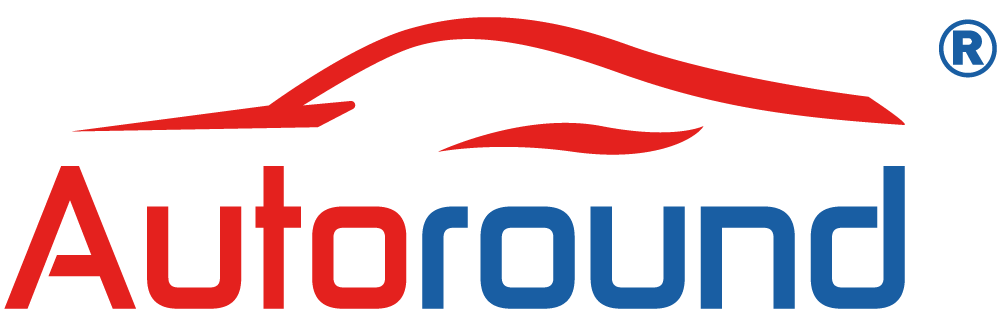
What Is A Wheel Hub Bearing
As an indispensable part of a car, the car wheel hub bearing plays a key role in connecting the wheels and axles.
It not only bears the overall weight of the car, but also ensures the smooth rotation of the wheel hub. Therefore, it faces the dual load challenges of radial and axial loads at the same time.
Basic composition of wheel hub bearing
Wheel hub bearings are mainly composed of four basic parts: inner ring, outer ring, rolling element and cage.

- Inner ring: fits tightly with the shaft and rotates with the shaft. It is usually made of high carbon chromium bearing steel (GCR15#) to ensure its strength and wear resistance.
- Outer ring: It achieves transition fit with the bearing seat and mainly plays a supporting role. 55# steel is generally used to meet its load-bearing and rigidity requirements.
- Rolling element: It is evenly arranged between the inner ring and the outer ring through the cage. The shape, size and number of rolling elements directly affect the bearing’s load-bearing capacity and performance, and are usually made of GCR15# bearing steel.
- Cage: It not only separates the rolling elements, but also guides the rolling elements to move on the correct track, improving the load distribution and lubrication performance inside the bearing. The cage is made of various materials, including low carbon steel, stainless steel, copper alloy, aluminum alloy, zinc alloy and non-metallic materials such as bakelite and polyamide (nylon 66).
Types of wheel hub bearings
First generation wheel hub bearings:
Composition: It is composed of four basic parts: outer ring, inner ring, cage and rolling element.
Classification:
Double row angular contact ball bearings: small starting friction coefficient, high speed and stability, easy to process, but not impact resistant and not suitable for heavy loads.

Double row tapered roller bearings: large starting friction coefficient, impact resistant, suitable for heavy loads, but not flexible and difficult to process.

Features: The bearing is independent of the steering knuckle and the wheel hub, and needs to be pressed onto the wheel hub and the steering knuckle respectively. The assembly process is complicated and the performance deviation is large.
Second generation wheel hub bearings:
Improvement: The flange hub is integrated on the basis of the first generation, which simplifies the assembly process.
Classification:
Double-row angular contact ball bearing with flange on outer ring (outer ring rotating type)

Double-row angular contact ball bearing with flange on outer ring (inner ring rotating type)

Double-row tapered roller bearing with flange on outer ring (inner ring rotating type)

Features: The structure is relatively complex, but the step of pressing into the wheel hub is omitted during assembly. It still needs to be assembled with interference fit with the steering knuckle, and the assembly accuracy is improved.
Third-generation wheel hub bearing:
Integration: The ABS sensor is integrated on the basis of the second generation, achieving a higher degree of integration.
Classification:
ABS external type

ABS built-in type

Features: The wheel hub, the flange connecting the steering knuckle, and the ABS sensor are all integrated, and can be connected to the steering knuckle by bolts, which greatly improves the assembly accuracy and optimizes the performance. All dimensions are precisely controlled at the supplier to ensure the overall performance and reliability of the product.
Fourth-generation wheel hub bearing (currently in the research and development or initial practical stage):
Development trend: The fourth-generation wheel hub bearing unit will be a trend in the development of wheel hub bearings in the future.
It is an integration of the third-generation hub unit with the constant velocity joint, which further improves the reliability of the hub unit and simplifies the installation process.
